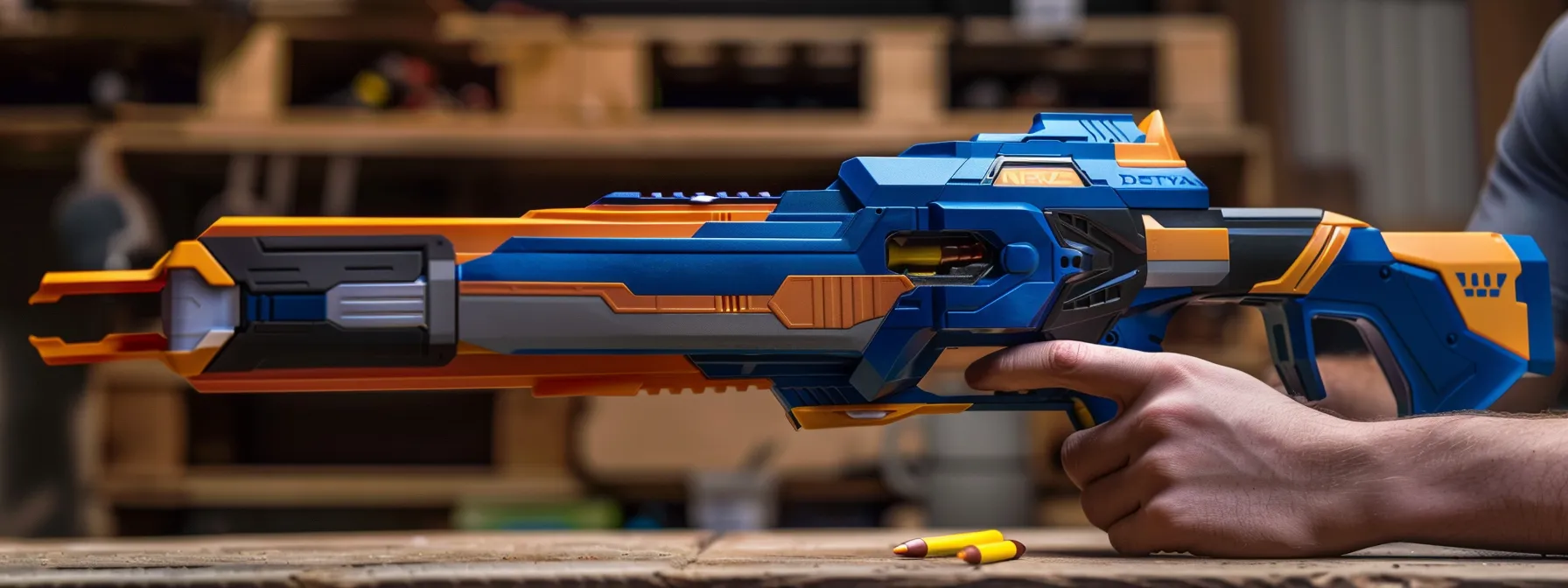Nerf wars can easily turn chaotic, leaving teams unsure about the best strategies to win. This post will address how teamwork plays a critical role in these battles, focusing on critical areas like assigning specific roles and creating strategic movement plans. By reading this article, readers will learn effective communication methods and how to balance collaboration with competition for a fun yet productive experience. If confusion during your Nerf war is holding back your team’s performance, these strategies will provide the guidance needed to succeed.
Key Takeaways
- Clear team objectives boost focus and enhance battle strategies during Nerf wars
- Open communication improves decision-making and team coordination in fast-paced battles
- Designating roles based on individual strengths maximizes team efficiency and effectiveness
- Analyzing competition techniques leads to continuous improvement and stronger team dynamics
- Celebrating successes and learning from setbacks fosters team spirit and motivation for growth
Understand the Role of Team Dynamics in Nerf Wars
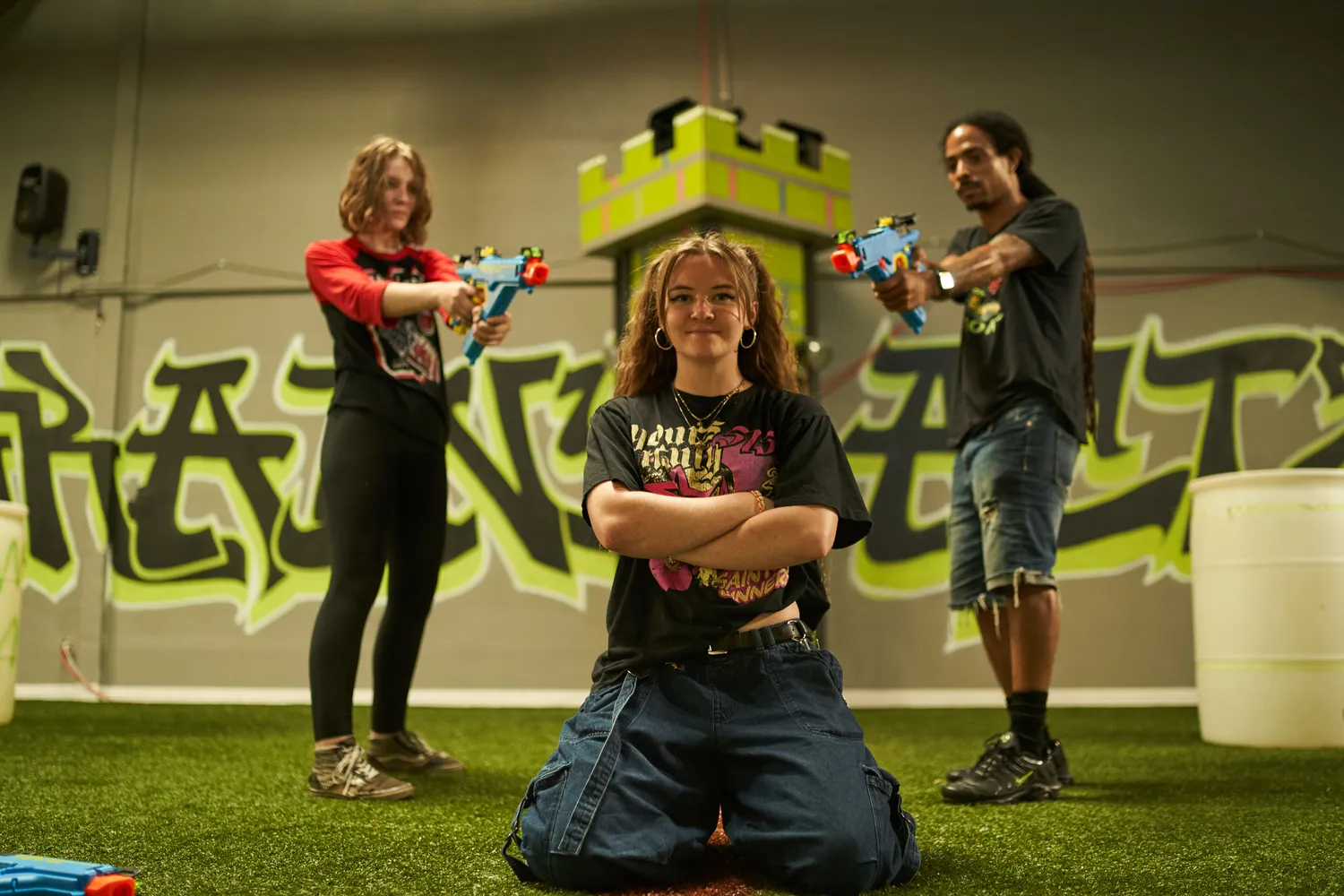
Defining team objectives and goals is key in Nerf wars, helping users stay focused on winning strategies. Open communication among team members fosters better coordination, while trust and collaboration skills enhance performance during foam battles. Each of these elements plays a vital role in creating effective strategies for both individual snipers and the entire team, ensuring a thrilling experience.
Define Team Objectives and Goals
Defining team objectives and goals in Nerf wars is crucial for aligning a group’s efforts and enhancing battle strategies. By establishing clear targets, players can minimize fear and uncertainty, leading to more effective planning and coordination among riflemen and melee fighters. A well-defined strategy allows teams to leverage each member’s strengths while fostering a sense of collaboration, maximizing their chances of victory in the foam-filled skirmish:
- Identify key objectives for the team
- Encourage open communication
- Develop strategies for both offense and defense
- Utilize the strengths of each player
Foster Open Communication Among Team Members
Open communication among team members is essential in Nerf wars, as it enables faster decision-making during intense battles. When team players share their observations and tactics, it enhances the element of surprise for ambush strategies and improves formations for blitzkrieg attacks. For instance, a grenadier can effectively coordinate with their team to launch an attack using a nerf blaster, ensuring that everyone is prepared for both offensive maneuvers and defensive actions.
Develop Trust and Collaboration Skills
Developing trust and collaboration skills among team members plays a significant role in the success of Nerf wars. When players rely on each other, they can maintain focus on the objectives, ensuring they have eye protection and are prepared for siege tactics. Attention to each team member’s strengths—like designating infantry roles—creates a cohesive unit that can execute strategies effectively and respond to opponents’ moves with precision.
Assign Specific Roles for Maximum Efficiency
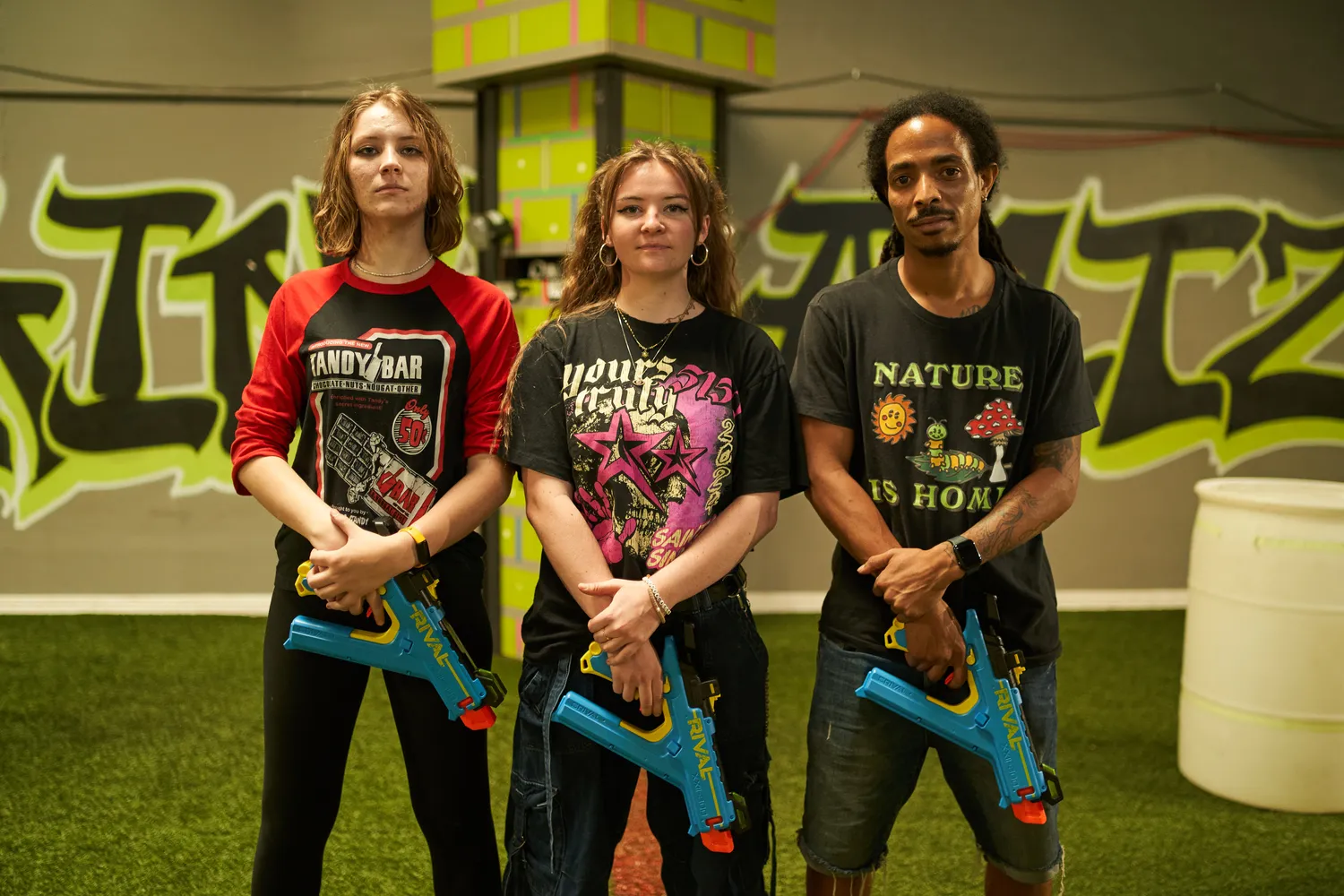
Designating roles based on individual strengths helps boost team efficiency during Nerf wars. Each member should have clear responsibilities, whether they’re focused on shooting, providing backup, or fortifying positions. As the game progresses, adaptability in these roles becomes essential, allowing the team to respond effectively to opponents and leverage their collective knowledge.
Designate Roles Based on Individual Strengths
Designating roles based on individual strengths is vital during Nerf wars, as it allows teams to utilize their gear and blasters effectively. Marksmen who excel at long-range shooting can take on the role of snipers, while those with quick reflexes can serve as melee fighters to handle close encounters. By ensuring that each member knows their weapon of choice and how they contribute, teams can generate synergy, providing a tactical advantage against opponents as they feel the heat of battle:
- Identify each player’s strengths and preferences.
- Assign roles such as marksman, support, or assault.
- Ensure everyone is equipped with the right gear.
- Adapt roles as the game progresses to maintain effectiveness.
Establish Clear Responsibilities Within the Team
Establishing clear responsibilities within the team is crucial for maximizing efficiency in Nerf wars. By assigning each member specific roles tailored to their skill level, teams can better utilize their sidearms and barricades, ensuring everyone knows how to contribute towards achieving victory. For instance, designating a player as a sniper or a support role helps streamline communication and tactics, allowing the group to adapt quickly during the heat of battle:
- Identify each player’s skill set and preferred weapon.
- Assign roles like scout, sniper, or defense based on abilities.
- Ensure everyone understands their responsibilities during gameplay.
- Adapt roles as needed to respond to opponents effectively.
Adapt Roles as the Game Progresses
As the gameplay in Nerf wars evolves, adapting roles becomes crucial for maintaining an edge over the competition. For instance, if a cardboard barricade is breached, a marksman might need to switch from sniping to providing cover fire while others reposition themselves in the hall. Such flexibility in combat roles ensures that the team can effectively respond to changing dynamics on the battlefield, increasing their chances of securing victory.
Create Strategic Plans for Team Movement

Mapping out potential battlefields is essential for effective Nerf war strategies, promoting teamwork, and enhancing overall entertainment. Developing formation strategies for both offense and defense ensures a well-coordinated effort while streamlining movements helps avoid chaos during gameplay. This section will provide practical insights on each topic, helping teams refine their approach for a more competitive edge.
Map Out Potential Battlefields
Mapping out potential battlefields is vital for successful Nerf war strategies, as it allows teams to visualize their terrain and plan movements accordingly. Players should assess various locations for cover options, escape routes, and choke points, enhancing their teamwork effectiveness. By analyzing these elements, a group can create strategic plans that keep everyone engaged while maximizing collaboration, leading to a competitive advantage over their rivals.
Develop Formation Strategies for Offense and Defense
To create effective formation strategies in Nerf wars, players must emphasize both offense and defense. For example, a V-formation can allow team members to cover each other while moving forward, effectively coordinating attacks and maximizing the element of surprise. Conversely, a defensive line formation can help players protect their base, ensuring they are prepared for incoming opponents while maintaining clear lines of communication and support among teammates.
Streamline Movements to Avoid Chaos
Streamlining movements during Nerf wars is essential to prevent chaos on the battlefield. When teams establish clear pathways and designated areas for each player, they can navigate the terrain more effectively while maintaining their focus on strategy. For example, assigning specific routes for snipers or support players can minimize confusion and enhance coordination, allowing team members to complement each other’s roles without colliding or losing sight of objectives.
Implement Effective Communication Strategies
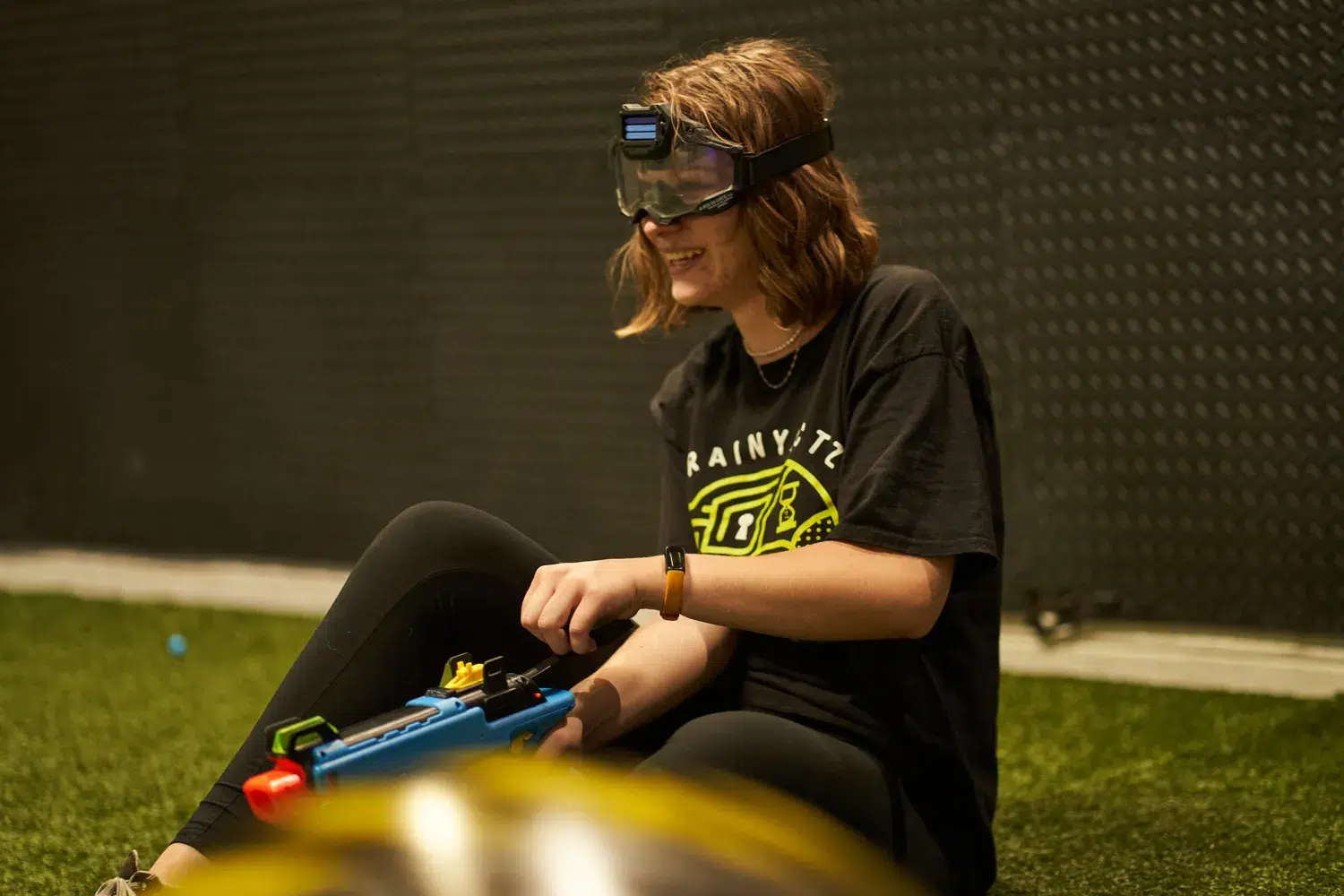
Utilizing hand signals for silent coordination can greatly improve team communication during Nerf wars. Incorporating code words for tactical commands helps streamline actions while establishing a centralized point of contact to ensure important information is shared efficiently. These strategies enhance teamwork and maximize effectiveness, allowing players to focus on collaboration to secure victory in their foam-filled battles.
Utilize Hand Signals for Silent Coordination
Utilizing hand signals for silent coordination can significantly enhance communication during Nerf wars. When players develop simple, recognizable signals, they can effectively convey tactical decisions without alerting opponents, allowing for stealthy maneuvers. For example, a raised hand might indicate “stop,” while a downward motion signals to regroup, helping teams stay synchronized even in the heat of battle.
Incorporate Code Words for Tactical Commands
Incorporating code words for tactical commands can enhance collaboration during Nerf wars, allowing teams to communicate efficiently without drawing attention from opponents. For example, a simple code like “Eagle” can signal an all-out attack, while “Turtle” might indicate a need for defense. By establishing these clear terms, players keep everyone informed and ready to respond rapidly, improving their overall strategy and teamwork on the foam battlefield.
Create a Centralized Point of Contact for Information
Creating a centralized point of contact for information during Nerf wars keeps teams organized and informed. This area serves as a hub for strategy updates, allowing players to gather quickly when information changes on the battlefield. By designating a leader or signal spot that everyone knows, teams can streamline communication, ensuring that all members are aligned and ready to execute their plans effectively.
Engage in Controlled Competition for Team Building

Organizing friendly matches encourages a team spirit while offering players a chance to improve their skills through competition. Analyzing techniques used during these matches can help teams pinpoint areas for growth. Celebrating successes reinforces team bonds, while learning from setbacks fosters resilience, ultimately enhancing teamwork in future Nerf battles.
Organize Friendly Matches to Foster Team Spirit
Organizing friendly matches serves as an excellent way to foster team spirit and improve collaboration during Nerf wars. These matches create a relaxed environment where players can practice their strategies while having fun, allowing individuals to develop their skills in a low-stress setting. As team members work together in friendly competition, they strengthen their bonds, learn how to communicate better, and enhance their overall performance for future battles.
- Friendly matches help players practice strategies.
- A low-stress environment encourages teamwork.
- Team spirit is built through collaboration.
- Players learn communication skills.
- Improved performance in future Nerf wars.
Analyze Competition Techniques for Improvement
Analyzing competition techniques used during Nerf wars can provide valuable insights for teams looking to improve their strategies. Players should reflect on successful maneuvers and identify any weaknesses in their gameplay after each match. For example, if a team struggles with coordinating attacks, they can practice communication strategies during friendly matches to ensure better collaboration in future battles. This continuous cycle of evaluation and adaptation not only builds individual skills but also strengthens team dynamics, ultimately leading to more effective and enjoyable Nerf war experiences.
Celebrate Team Successes and Learn From Setbacks
Celebrating team successes in Nerf wars is vital for building morale and encouraging collaboration among players. Acknowledging achievements fosters a sense of unity, making team members feel valued and motivated to improve. Conversely, learning from setbacks helps identify areas for growth, ensuring that the group evolves and becomes stronger with each match. By discussing both victories and challenges, teams can refine their strategies and communication, leading to better performance in future battles.
Evaluate and Adapt Strategies During Gameplay
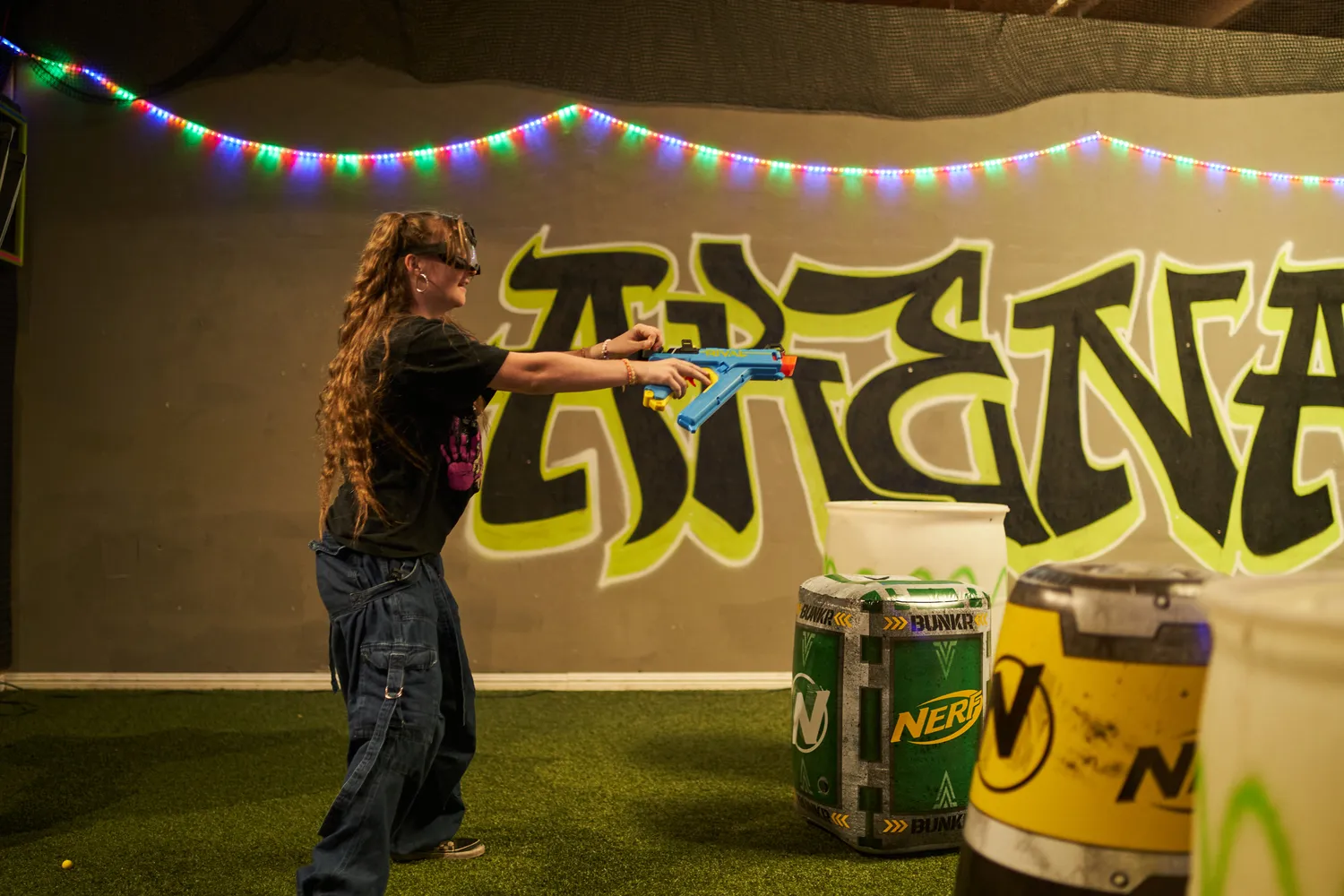
Monitoring opponent movements is crucial during Nerf wars, allowing teams to adjust their strategies in real time. After each game, reviewing team performance helps identify strengths and weaknesses. Encouraging team feedback fosters continuous improvement, enabling players to refine their approach for future battles. These practices enhance both collaboration and competition, leading to a more effective and enjoyable Nerf experience.
Monitor Opponent Movements and Adjust Accordingly
Monitoring opponent movements is essential for adjusting strategies during Nerf wars. Players should stay alert to how opponents are positioning themselves, allowing the team to anticipate actions and counter effectively. For instance, if an enemy team shifts toward a stronghold, notifying teammates to fortify their defenses or prepare for an ambush can turn the tide of battle, enhancing both collaboration and competition in the heat of gameplay.
Review Team Performance After Each Game
Reviewing team performance after each Nerf war is vital for continuous improvement and strategy refinement. By discussing what went well and identifying areas for growth, teams can enhance their collaboration and competitiveness. For example, if a team’s communication breakdown led to missed opportunities during a match, adjusting their strategies for the next game can help ensure better alignment and execution moving forward.
Encourage Team Feedback for Future Improvements
Encouraging team feedback after each match is essential for enhancing Nerf war strategies. Players should discuss what went well and where improvements can be made, helping to refine techniques and foster collaboration. For instance, if a team identifies that communication gaps led to missed opportunities, they can practice better strategies in future games, improving both teamwork and overall performance.
Conclusion
Nerf war strategies highlight the essential balance between collaboration and competition for success on the battlefield. Teams benefit from clear objectives, open communication, and defined roles, which enhance their overall performance and adaptability. By embracing both friendly competition and strategic planning, players can refine their skills and strengthen their teamwork. Ultimately, mastering these dynamics leads to more engaging and effective Nerf war experiences, transforming casual play into formidable battles.

